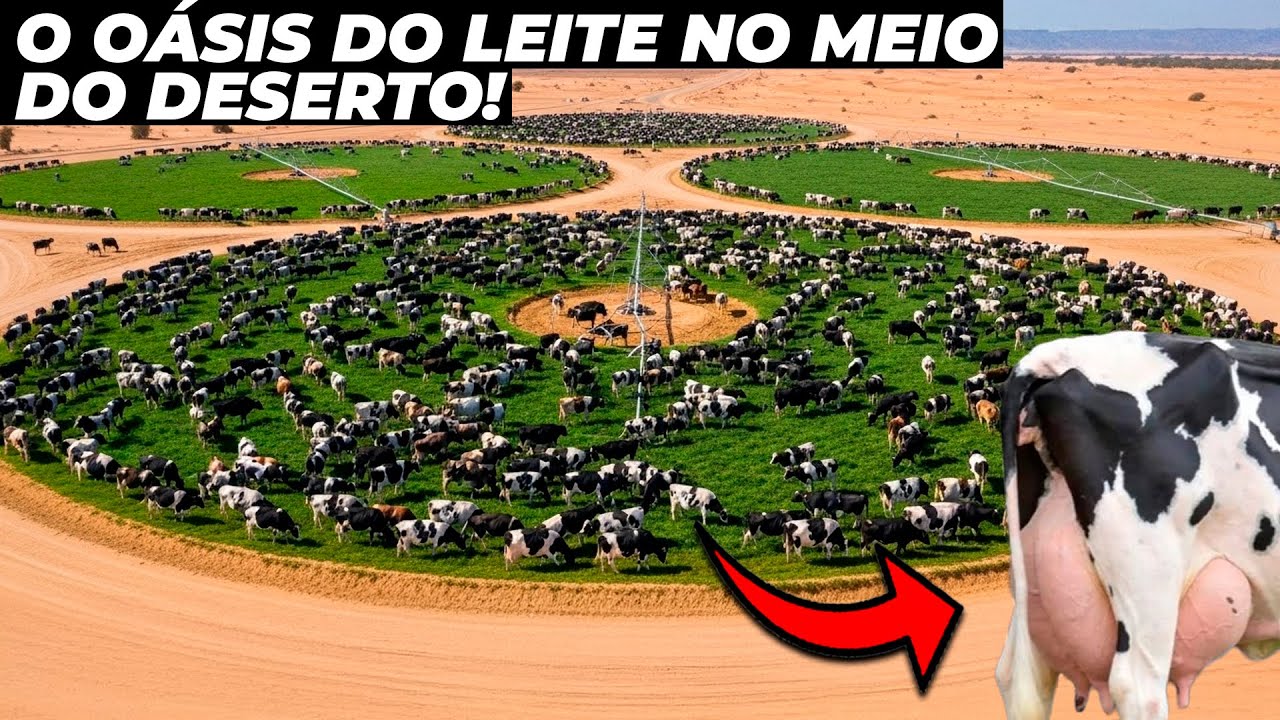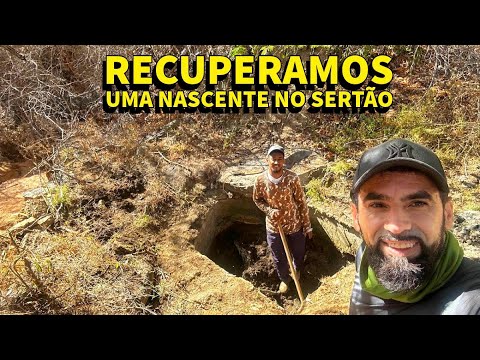CORAZIM – A CIDADE AMALDIÇOADA POR JESUS
0Shalom and welcome back to ‘Israel with Aline!’ We are in Galilee, in a town called Chorazin. This town is going to be cursed by Jesus. And today we are going to walk among the archeological remains, get to know the history, and understand why this town, along with Bethsaida and Capernaum were cursed. So if you are ready, let’s get started! We are on the North shore of the Sea of Galilee, you can even see it here in the background. We are only about 2 miles from Capernaum and 3 miles from Bethsaida, and here in this region, the Apostles Peter, Andrew, and Philip grew up. And the city of Chorazin, it was a rich and important city and it produced mainly grain and cereals, and they were so good that they were taken as offerings to the Temple in Jerusalem. But how can a city that was so important will be completely destroyed and simply become an archaeological park? What could have happened to Chorazin to leave it in ruins like this? These ruins help us to understand and to connect with the past of the city. Without any doubt, the most impressive place in Chorazin that has survived well preserved is the Synagogue; this Synagogue that we are going to see was built in the third century, that is, after Jesus’ time, probably on top of the remains of an older Synagogue. But you will not believe what is inside and the connection with the New Testament passages, come with me! We find here a huge Synagogue and this shows the importance of the city of Chorazin and the richness of the city. You can see that they take care of the Synagogue down to the last detail! We can see the size of the Synagogue, but look how much work it had, we can see here that the Synagogue had decorations carved on the rock, think that someone here literally beating as in the old days had to be done and was a lot of work! The facade of the Synagogue and also much of the inside had this decoration. Now, so far so good, people wanted the Synagogue to be a beautiful place and you can find beautiful Synagogues all over Israel. But there is something here that you find that you don’t find in other Synagogues, and that shouldn’t be in a Synagogue either, come with me and I will show you! Here you see the face of a woman, and not just any woman; you can see by the hair, this one is Medusa! Guys, Medusa is part of Greek Mythology, she was a monster with snake hair, and whoever looked into her eyes would become a stone statue. What does a Medusa, which is part of Pagan Greek Mythology, do inside a Synagogue? And this is the question that has no answer until today by the way. But seeing here represented images are already strange, 3D images are even stranger, and a pagan image is even stranger. So really this Medusa shows us that there was something a little strange in this city. Here you can see the replica of the Chair of Moshe, the replica is here because the original is kept in the Israel Museum because this stone is so important that they decided to take it to preserve it for future generations. The “Cátedra of Moshé” is the chair of Moses, and we know it from the passage in Matthew 23, verses 1-3: Then Jesus said to the crowds and to his disciples: “The teachers of the law and the Pharisees sit in Moses’ seat. So you must be careful to do everything they tell you. But do not do what they do, for they do not practice what they preach.” Here in Moses’ chair, or rather, here sat the person who was being honored, who could do the Bible readings, who could give the sermon. But as Matthew tells us, sometimes what came out of the person’s mouth could be very good but did not always correspond with the actions. And this is a good reminder that action and speech must always be connected. As you can see the city is in ruins and no people live here, but as you can see there are mini inhabitants here, there are these animals that live here in the whole region, and they are called in Hebrew Shafan Sela, in English Hyrax or dassies, and these animals here are making good use of the archeological remains. And a super striking thing about Chorazin is the color of the city, you can see that all the houses, all the buildings here are black because of this stone: this is basalt. The Golan Heights are inactive volcanoes that long ago spewed their lava here in the region and the population used the stones they had available. But come here, we can enter, let’s get to know a little bit more about this construction. Building in stone is a lot of work, but there is a great advantage to this material: its longevity. I mean, we have centennial and millennial buildings here. But if you look closely, there is something that is missing here in the city; that is the roofs, no house has its roof preserved anymore, why? Because they were made of wood, then smaller pieces of wood, straw, then clay, and a little more straw. And this roof, it was pressed. And since it was made of organic materials, they didn’t survive, so we only have the part of the house and the buildings that were made of stone. And I think it is interesting that this helps us to understand some biblical passages that happened here in Galilee, in Capernaum, which is very close to here, Jesus is in a house, and there is a paralytic who wants to come to him, and he could not get through the main door because of the crowd around him. So what do they do? They enter through the roof of the house, and then they dismantle this roof and then the paralytic enters here inside the house, and then we can understand a little better how they did it “so easily”. But in the middle of this very impressive archeology hides a story of cursing. Jesus is going to curse three towns here in Galilee: Chorazin, Bethsaida and Capernaum. The three cities right next to each other, And the following is written in the Bible: Then Jesus began to denounce the towns in which most of his miracles had been performed because they did not repent. Woe to you, Chorazin! Woe to you, Bethsaida! For if the miracles that were performed in you had been performed in Tyre and Sidon, they would have repented long ago in sackcloth and ashes. But I tell you, it will be more bearable for Tyre and Sidon on the day of judgment than for you. And you, Capernaum, will you be lifted to the heavens? No, you will go down to Hades, For if the miracles that were performed in you had been performed in Sodom, it would have remained to this day. But I tell you that it will be more bearable for Sodom on the day of judgment than for you.” Matthew 11:20-24 This passage tells us that Jesus, comes to these towns and he performs miracles here, and yet people go on their way. A path not always correct, as we saw in the chair of Moses where the person was there talking very nice things, but the actions were not always compatible. Even after Jesus was here, when they build this Synagogue, they will put pagan images inside the Synagogue and only God knows what else was happening here in the city as well, and so these three cities are going to be cursed. And these three cities are going to be destroyed some centuries later, just like other cities in Galilee were, but there is a difference between these three cities to the others: that these three cities are not going to be rebuilt. And that is why when we come here to remember the history of Chorazin, what we find are stones upon stones, ruins and archeology; which help us to connect in history, but which was never rebuilt. Neither Chorazin, nor Bethsaida, nor Capernaum and all three today are archaeological parks. If you enjoyed getting to know a little bit more about the cursed city of Chorazin, don’t forget to like this video, and subscribe here on the channel, a big kiss and see you next time!









